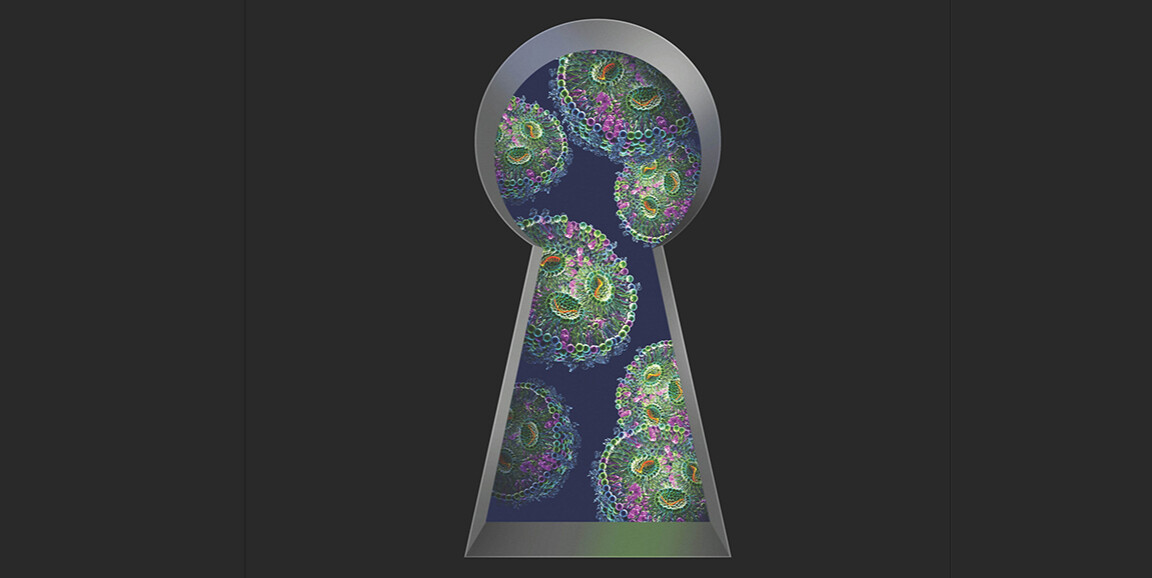"Special Delivery: mRNA moves past COVID-19," an article I've written for the latest issue of our magazine, Stanford Medicine, focuses on future mRNA-based vaccines' potential to fight everything from infectious diseases to cancer - and on new delivery methods that might maximize these vaccines' effectiveness and minimize their side effects.
Billions of doses of the mRNA vaccine targeting SARS-CoV-2, the virus that causes COVID-19, have been given worldwide, unquestionably saving many lives. But the molecular delivery vehicles now used to transport mRNA to the right places in the body sometimes deliver it to the wrong places, or hold on to that cargo rather than letting it go once they get inside our cells. (Stanford University researchers are working on new delivery systems.)
But what about the cargo itself - mRNA strands in the vaccine? More specifically, what about the protein that this cargo instructs our cells to make in profusion? In the case of COVID-19, that would be the infamous spike protein, which dots SARS-CoV-2's coat, picks locks on cells' outer surfaces and catapults the virus into them. These multiple talents make the spike protein essential to the virus's ability to infect our cells. This, plus the fact that spike proteins jut prominently and abundantly from the virus's coat, makes the spike protein the perfect object for our immune system to target and attack, said Stanford Institute for Immunology, Transplantation and Infection director Mark Davis, PhD, an authority on immune response.
A toxic possibility
A number of reports have flagged that the SARS-CoV-2 spike protein may be toxic even on its own -- say if released as debris from a shattered viral particle. Contact with the spike protein appears to damage endothelial cells, which line every blood vessel in our body, including hundreds of billions in our lungs. If spike proteins are toxic, wouldn't a vaccine that causes our cells to make them be toxic, too? Could the mRNA vaccines directed at SARS-CoV-2 trigger a deluge of that protein into the bloodstream, where it could wreak havoc with heavily vascularized organs such as the heart, intestine and, of course, lungs?
Conversations with several Stanford Medicine experts suggest there may be less to this concern than meets the eye. Here's one reason: For virtually every spike-protein molecule induced by vaccination, the cell that made it becomes its jail cell.
"The spike proteins made by SARS-CoV-2-infected cells and the spike proteins cells produce in response to the vaccine are nearly, although not exactly, identical," Davis said. Whether viral-borne or vaccine-encoded, spike protein molecules sport a sticky patch - a short stretch of material attracted to fatty substances - that scientists call a transmembrane domain.
Many proteins our cells make also have transmembrane domains. Why? Because these patches anchor protein molecules in the cell's fat-rich outer membrane or in one of its myriad equally fat-laden internal membranes, as required by these proteins' jobs.
The sticky transmembrane domain on SARS-CoV-2's spike protein plays two roles. First, it rivets the protein to the intact virus's fatty outer coat. Second, it catalyzes penetration of cells the virus is attempting to invade.
Inside a SARS-CoV-2-infected cell, the virus commandeers the cell's protein-making machinery and forces it to make myriad copies of the invader's own proteins and genetic material. Once made, the vast majority of newborn spike proteins are incorporated into new viral particles that have evolved ingenious ways of escaping from the cell that made them. Those particles are free to invade the cell next door or spill into the circulatory system and points beyond.
Some of those virally originating spike protein molecules miss their exit bus and wind up getting stuck on the cell's outer membrane. That's how the immune system learns to attack SARS-CoV-2-infected cells directly as well as to start pumping out antibodies that put the little pathogens out of business before they can get into more cells, Davis said.
Spike protein molecules induced by mRNA vaccines have a different fate.
Recall that the COVID-19 vaccine's cargo is a bunch of mRNA strands that, once safely inside a cell, direct the production of a whole lot of a single substance: the spike protein. Once produced inside a vaccine-recipient cell, it has no escape accomplices (the other components of the viral structure) to latch onto, because the cell isn't making them. So, it has no dependable passage out of the cell. Instead, Davis told me, the vast majority of vaccine-induced spike proteins float or are carried, either intact or sawed into snippets by enzymes inside the cell, to the cell's outer membrane. There they get stuck, right where the immune system can most easily spot them and mount a coordinated response.
"An intact vaccine-generated spike protein molecule, by virtue of its transmembrane domain, almost invariably sticks to the cell that makes it," agreed vaccinologist and biochemistry professor Peter Kim, PhD.
As I wrote in the magazine article, "The sudden appearance of a new kind of vaccine has generated concerns ranging from the spurious to the undeniable." Spike-proteins generated by the mRNA vaccines for COVID-19 -- while their lack of toxicity may not be absolute (they could in principle still bother neighboring cells, for example) -- are a good bet to be a lot less toxic than the spike proteins produced during the viral infections the vaccines prevent.
Illustration by Matt Chase






